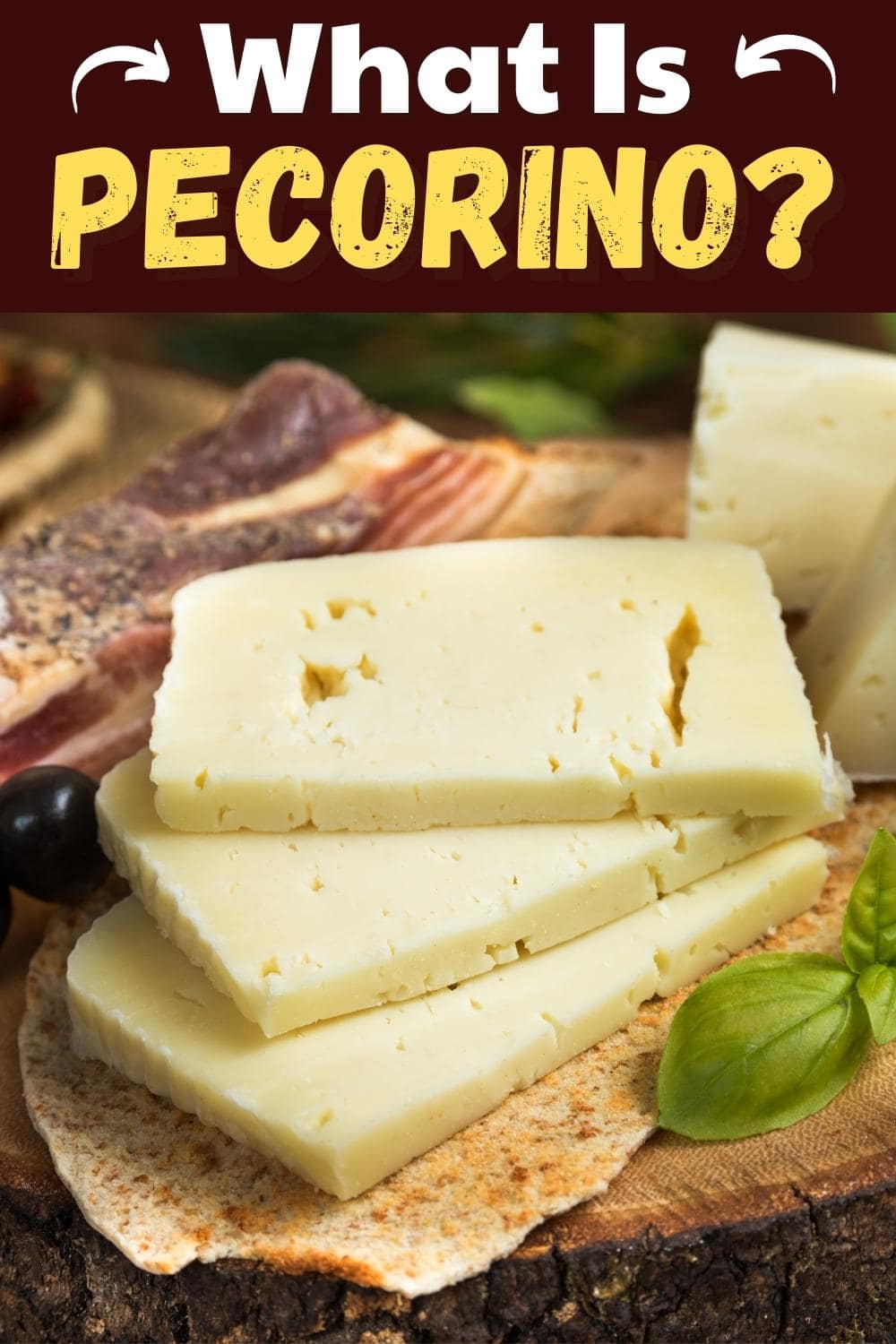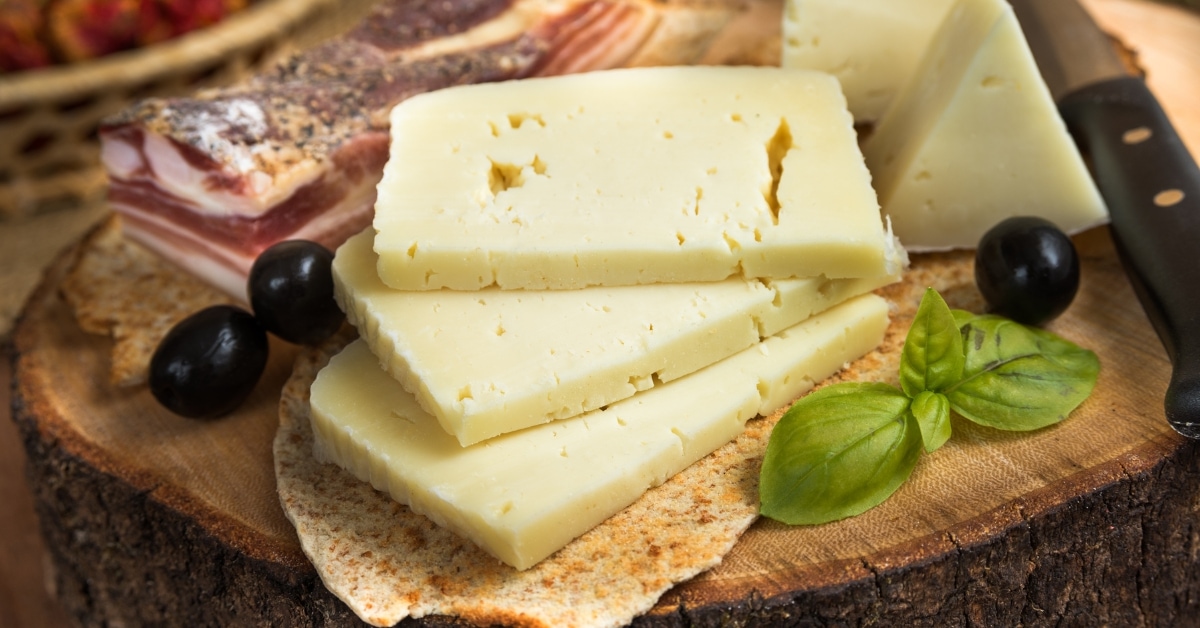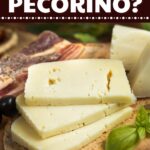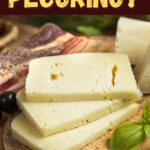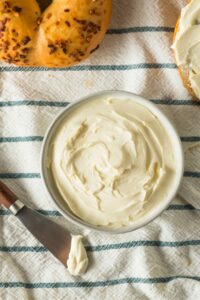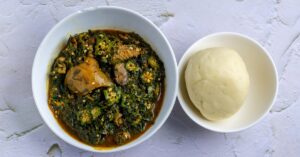You probably know about Parmesan, but what is Pecorino? Read on to learn all about the unsung hero of Italian cheeses!
This lesser-known but equally delicious cheese is made from sheep’s milk. Its unique sharpness and tanginess will delight your taste buds for sure.
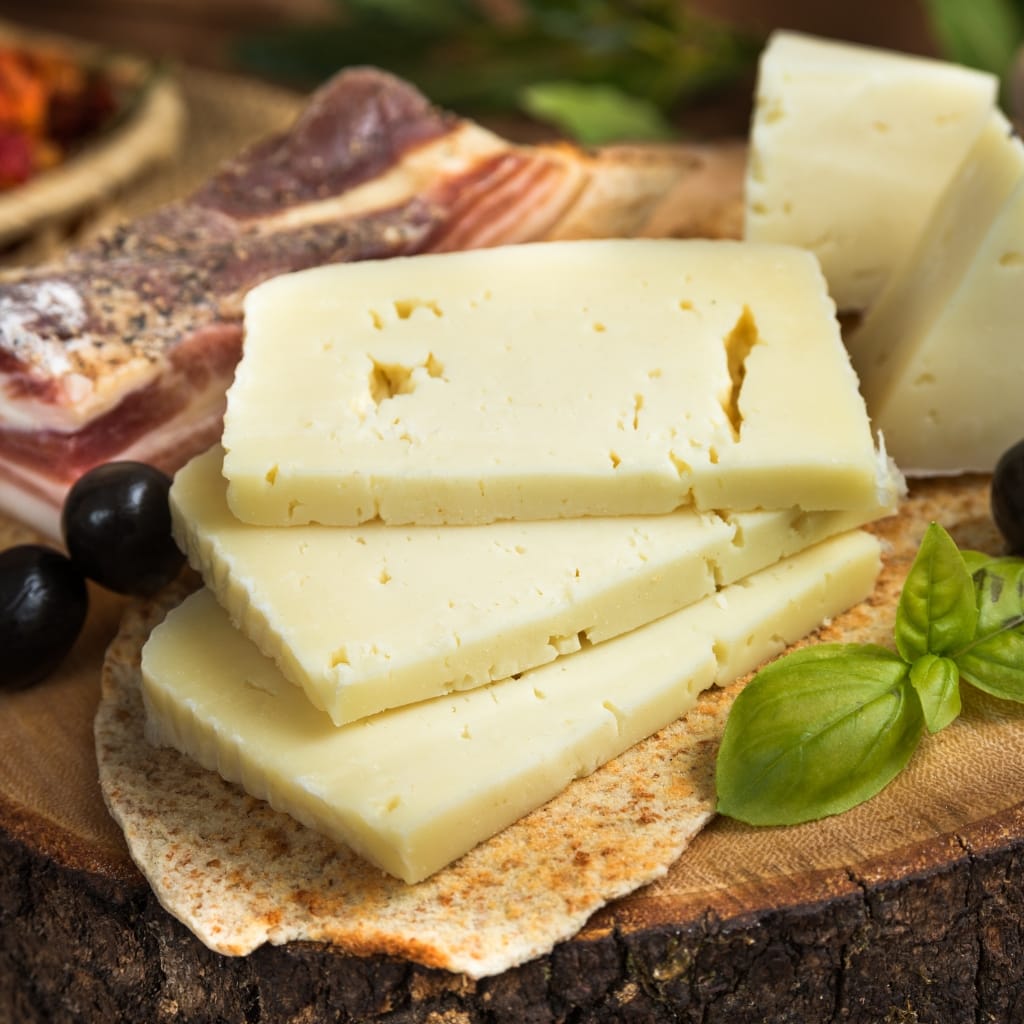
Plus, its wide varieties feature diverse flavors and textures. In fact, Pecorino suits dishes ranging from pasta and pizza to salads.
It’s the perfect cheese for those who like a little more funk in their food! So, what is Pecorino? Well, I think it will be your new favorite cheese.
What Is Pecorino?
Pecorino is an Italian cheese made from sheep milk.
Its name originates from the Italian word “pecora,” meaning sheep. The cheese is only made using this type of milk.
Many think Pecorino only refers to the hard cheeses you see in supermarkets. However, the term actually covers all Italian cheeses made with ewe’s milk.
It comes in a variety of tastes & textures.
You’ll find Pecorino ranging from salty and sharp to sweet and milky. These characteristics are determined by the cheese’s origin and aging process.
The longer they’re aged, the firmer, saltier, and crumblier they become. Such Pecorino is fantastic for grating and is often used as a topping on pasta.
It also tastes delicious on salads.
In contrast, younger Pecorino is softer and creamier. Therefore, it is suitable for consumption on its own or in sandwiches.
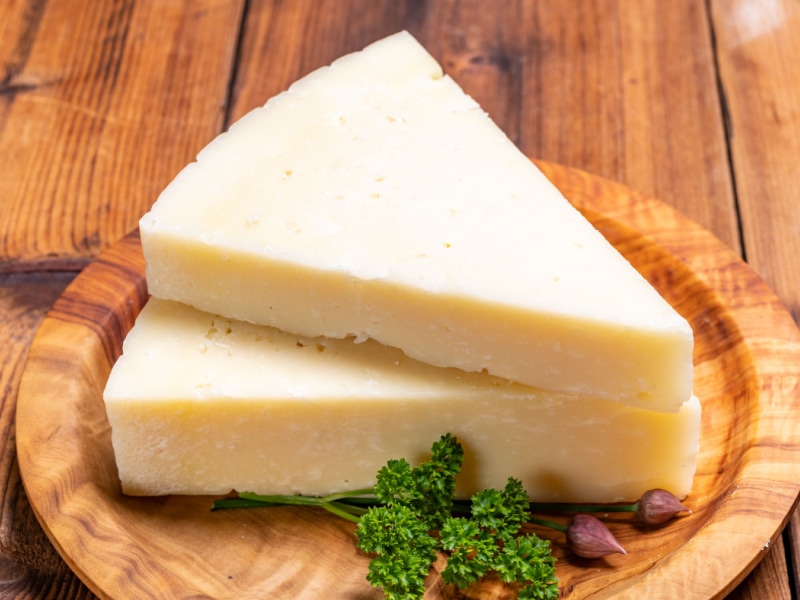
How Is Pecorino Made?
- Milking: Ewes are milked twice daily, and the milk is collected in large stainless steel tanks.
- Coagulation: The milk is heated and treated with rennet to coagulate into curds.
- Cooking the curds: Once the curds have set, they are cut into small kernels and cooked until firm.
- Molding and pressing: The curds are drained and formed into traditional drum-shaped molds. The molds are pressed to remove excess moisture.
- Brining: The cheese is then brined in a salt bath. Traditionally, this is done by hand. The brine helps to preserve the cheese and gives it more flavor.
- Aging: The Pecorino cheese must age at least 20 days and up to a few years. This is completed in a dark, cool, humidity-and-temperature controlled environment.
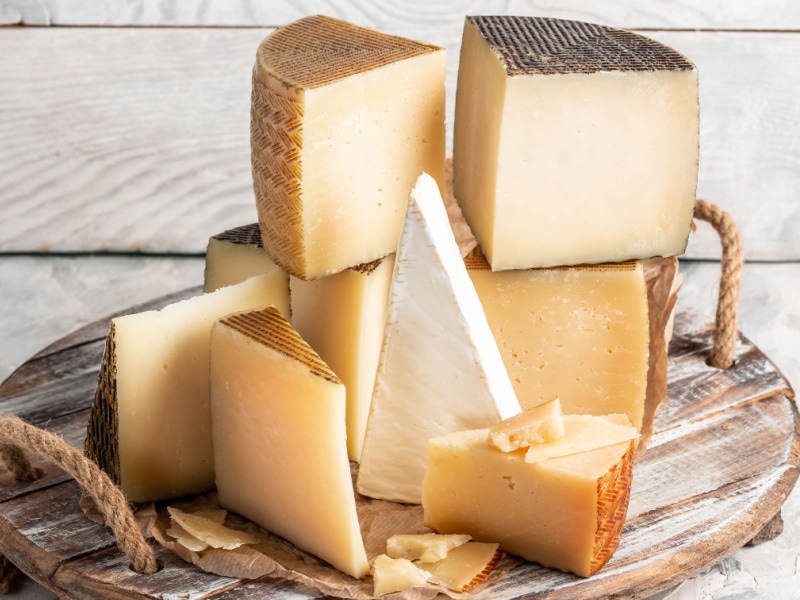
Types of Pecorino
As mentioned before, Pecorino cheese comes in different varieties. The variety is determined by its age.
Pecorino Fresco
Pecorino Fresco is the youngest and mildest type of Pecorino.
Aged for only a month, Pecorino Fresco is pale white. The texture is soft & springy. As for taste, it has a mild sour and salty flavor.
This variety is often crumbled over salads and spicy pizzas. But it will not be out of place on a cheese board.
Semi-Stagionato
Semi-stagionato is the intermediate type of Pecorino. It’s not quite soft and not quite hard… it’s just right.
Aged between 3 to 6 months, it has more flavor and body than the Fresco. Yet, it is not as sharp as the firmer variety.
Its texture is creamy with a slight crumble. This cheese pairs exceptionally well with sour or salty ingredients.
The Goldilocks of the Pecorinos, Semi-stagionato is versatile. You can eat it alone as a snack or use it in pasta dishes.
Stagionato
Aged for a minimum of 6 months, Stagionato is the oldest, firmest variety. This is the type most of us associate with the name Pecorino cheese.
The name “Stagionato” comes from the Italian word for aged or mature. Obviously, this cheese lives up to its name.
Its flavor profile is robust and grassy. Every bite features a slight tartness balanced out by its richness.
This cheese is not for the faint of heart. Some find its pungent aroma and funky flavor overpowering.
Stagionato’s sharp flavor makes it an excellent choice for adding depth to recipes. It’s often grated and used as a finishing garnish in pasta dishes, soups, and salads.
Stagionato cheese enhances dishes. Especially, when paired with bold flavors like garlic, olives, and capers.
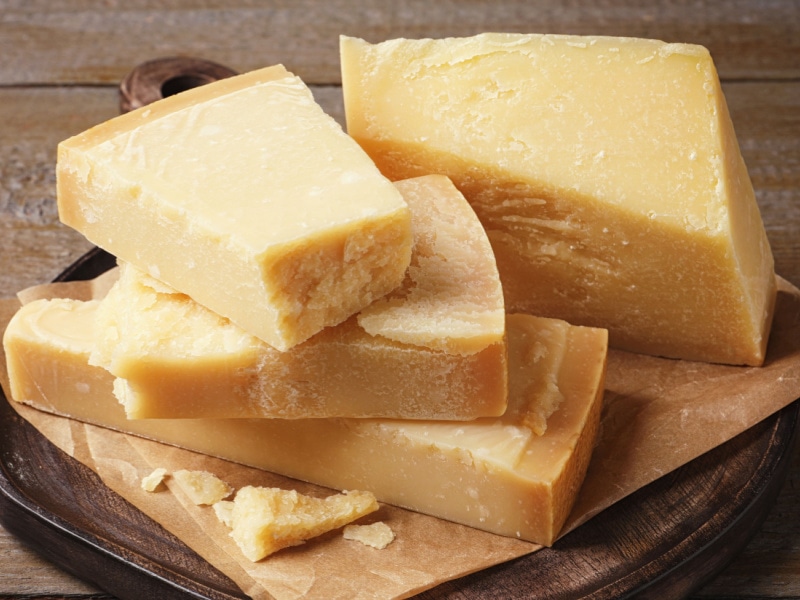
Pecorino vs. Parmesan
Both are hard, aged cheese varieties with a rich and nutty flavor. Nevertheless, some key differences that set them apart.
The main difference is the type of milk used to make them. While Pecorino is made from sheep milk, Parmesan is made from cow milk.
They can be interchanged in certain recipes, as they share a similar nuttiness.
However, their tastes and textures remain distinct. So, substituting one for the other can affect the taste of your final dish.
Pecorino has a sharper, funkier flavor with a subtle fermented taste.
Pecorino’s creaminess allows it to melt nicely into sauces. This gives them a rich, velvety, and luscious mouthfeel.
On the other hand, Parmesan is milder and nuttier. Parmesan is very firm and crumbly. It does not melt well, so don’t expect it to blend into sauces.
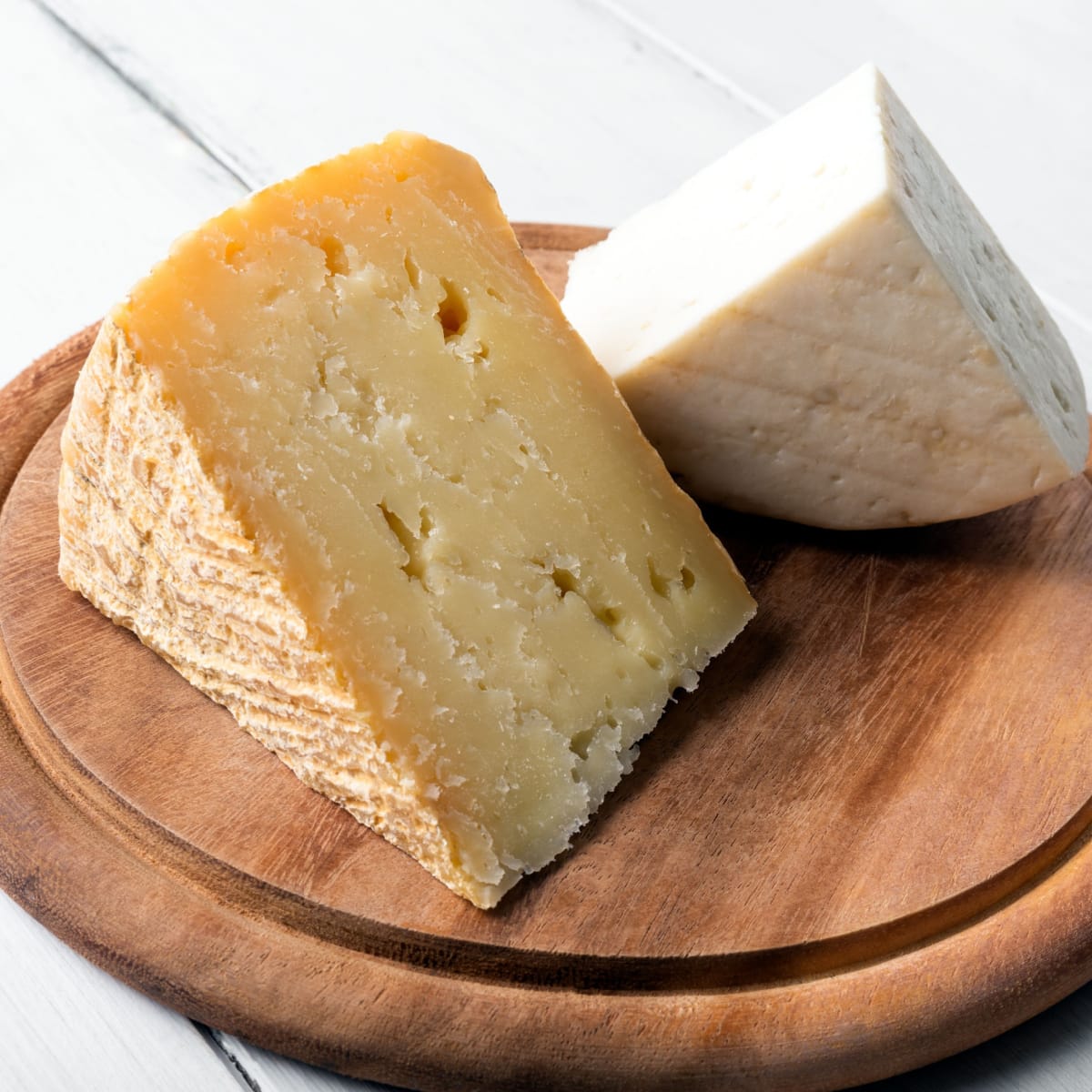
How to Cook With Pecorino
When using Pecorino Fresco, it’s best to keep cooking to a minimum.
You want to allow its mild, creamy flavor to shine. Crumble it over salads, pasta, and pizza as a finishing touch.
Semi-stagionato Pecorino pairs well with salty and pickled flavors such as olives and salami. Its complex and rich flavors make it an excellent addition to a cheese board.
This cheese pairs beautifully with sweet elements like dates, figs, and maple syrup.
Pecorino Stagionato is a hard-grating cheese with an intense, robust flavor. Grate it over pizza and pasta to amp up their taste.
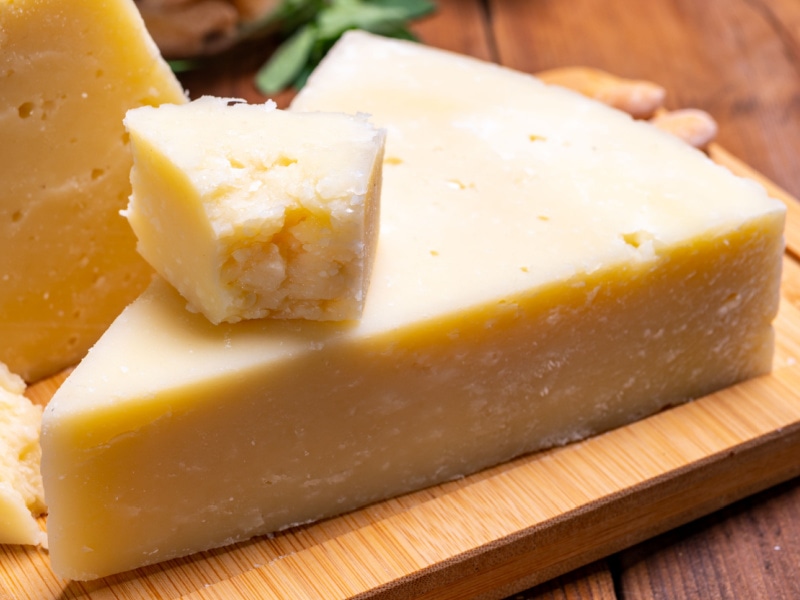
How Long Does Pecorino Last?
The shelf life of Pecorino depends on the variety and how it is stored.
The fresher Pecorino Fresco and Semi-stagionato are more perishable. So, you must use them within a week of purchase.
The hard Pecorino Stagionato can last up to a month when stored correctly. Store it in a cool and dry place, away from direct sunlight.
Pre-grated Pecorino should be used within three days. Pre-grated cheese has a high-fat content and a large surface area, which promotes bacterial growth.
Store pre-grated Pecorino in the fridge and use it as quickly as possible.
